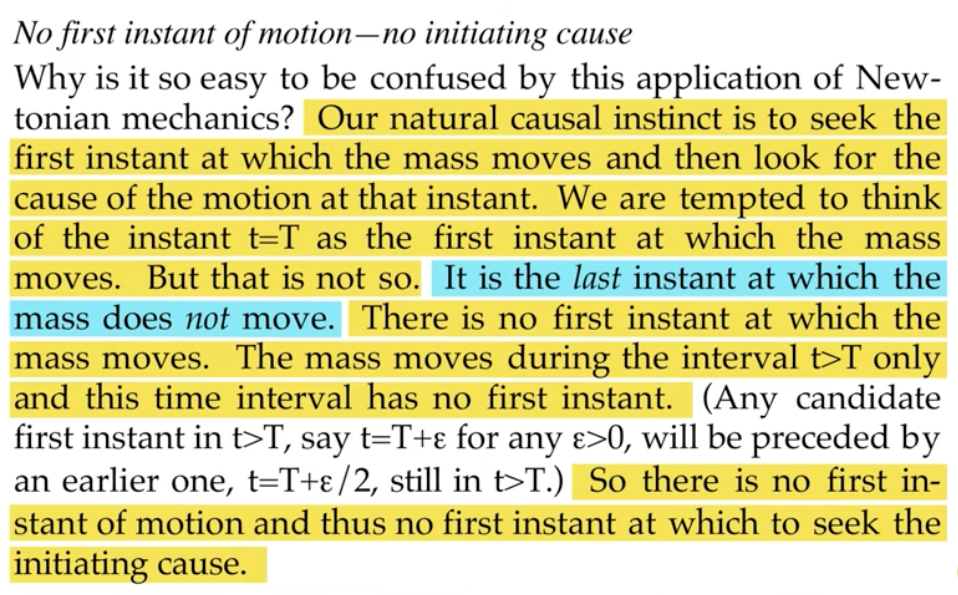this post was submitted on 26 Dec 2024
12 points (75.0% liked)
Science
13648 readers
13 users here now
Subscribe to see new publications and popular science coverage of current research on your homepage
founded 5 years ago
MODERATORS
you are viewing a single comment's thread
view the rest of the comments
view the rest of the comments

As a total amateur my instinctive response to the "unexpected" result is to validate that apply Newtonian physic is appropriate, and if not, we should look for an explanation at a level where the unexpected phenomenon becomes possible, aka non-Newtonian physics. We know that Newtonian physics works fine until we try to explain things at the atomic or subatomic level, or under extreme gravity, or close to the speed of light. Why not the same at extremely small points on a dome?
The dome used is the same shape as the graph she showed. The closer to zero you get on the graph the more vertical the line "looks", but with enough resolution in the data it becomes clear line is never vertical except at the starting position of zero. When you make a dome based on the same curve the zero point is so small that it falls into the realm of non-Newtonian physics where you run into uncertainty. I can't do the maths myself but I'm going to guess the zero point needs to be subatomic in size for the "unexpected" excitation event to have an impact. If true, and the zero point is too large, the ball is going to remain stationary until an explainable force acts on it.
I'm guessing the ball needs to be a perfect sphere. Does the maths incorrectly neglect the ball?
Edit - I feel like I used non-Newtonian wrong when I should have used quantum or something instead. But hopefully it made sense enough to see my point.
Yes, it is actually stated in the paper. This is a result about newtonian theory, not about real world physics